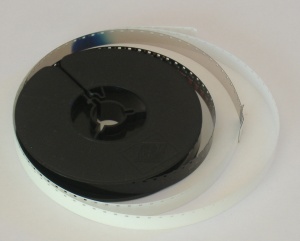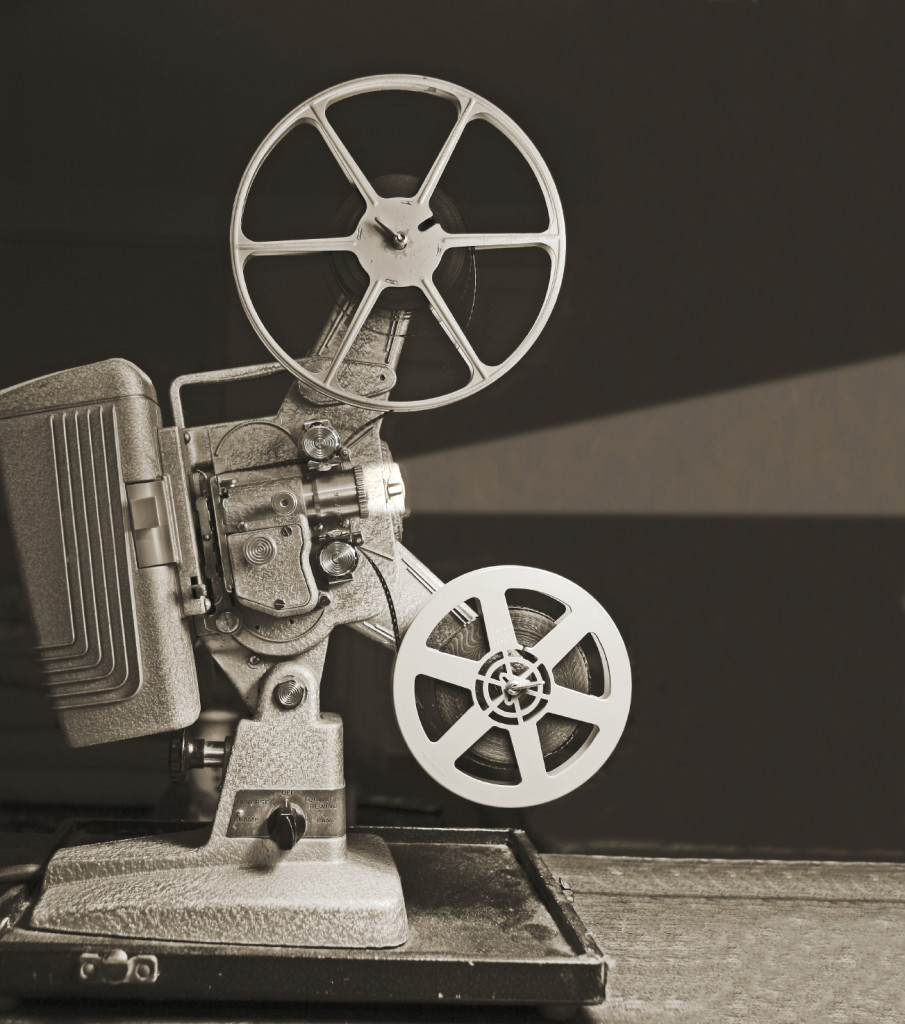History of the Home Video
Nowadays, it seems like the majority of people have access to some form of video recording device. The YouTube culture is booming and more and more people are involving themselves in creating home movies.
With this in mind, it’s hard to believe that at the start of the 20th Century, home movies were limited to those who could afford the equipment; very different to the affordable recording options of today.
As cine film transfer experts, we’ve decided to delve into the archives and take a look into the history of home movie creation!
The Invention of the Moving Picture Using Film
Towards the end of the 19th Century, the use of film to produce moving pictures was invented. However, the equipment required to record these images was clunky and cumbersome; needing to be hand-cranked to work.
They were also incredibly expensive to both buy and run, which is why the majority of the first home movie reels featured rich, well-off families who could afford to buy such a camera and have enough money to be able to fund the cost of the film required.

However, the manufacturers of these cameras soon saw a gap in the market for making such a commodity available to a wider audience; the amateur, which would require the equipment to become less expensive to buy and operate.
Birt Acres developed a new film format in 1898 known as the 17.5 mm Birtac format. This film was able to be loaded into the camera in daylight; something which hadn’t been possible before. The Birtac camera was produced in 1899 and still cost quite a lot of money for the time at 10 guineas (£10.50 in today’s money).
Super 8mm and the Accessibility of Home Movies
With more and more people becoming interested in creating their own films, it wasn’t until 1965 when Kodak released the Super 8mm format that home video making really took off.
Prior to this, video cameras were steadily becoming more popular due to the fall in price of the equipment and running costs but they were still fiddly to expose.

The introduction of the Super 8mm format included film, cameras and projectors which were cheaper and a lot more accessible to the world.
Instead of a film spool, a cartridge was used, making the insertion of film to record on virtually foolproof. The cameras were also built using battery-powered motors, reducing the need for any film winding at all!
In 1973, the addition of a magnetic full coat strip to the Super 8 mm film allowed users to record sound as well as a moving image… and thus the home movies that we are familiar with today were born!
Film Making of Today
Even though 1973 doesn’t seem as long ago as the introduction of moving images, we have come a long way in terms of how people record their lives.
It’s not uncommon to now see people walking around recording their daily lives with the simple push of a button on their smart phone or uploading their daily lives to YouTube.

If our ancestors could see how important and accessible home movies have become, we think that they would thoroughly believe that we were involved in some kind of witchcraft compare to what experience they had with creating their home videos… if they could even afford to!
If you have an old home video that you want to convert from cine film to DVD, don’t hesitate to contact us on 0800 592433 and we will be delighted to help you with your enquiries.
